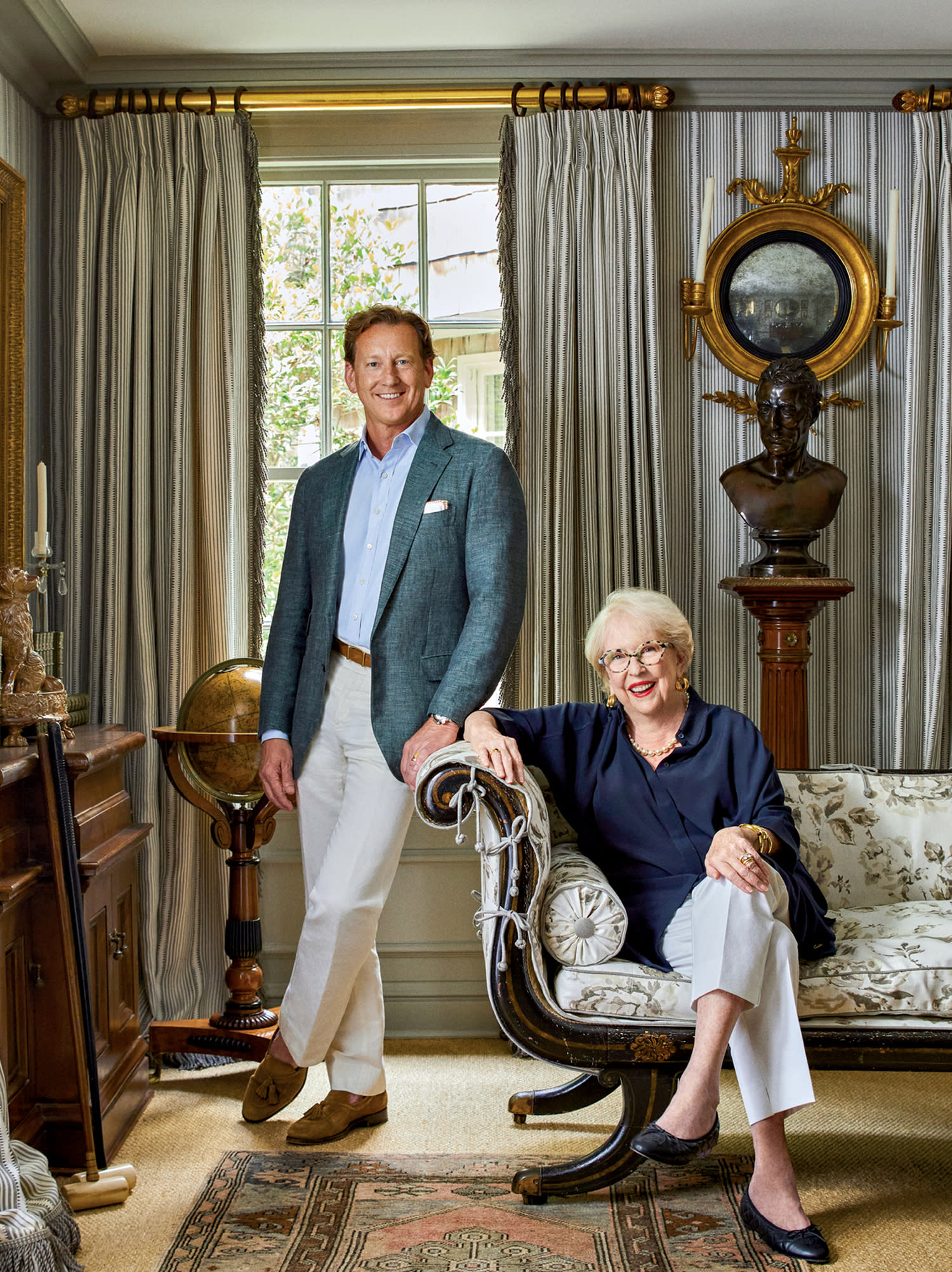Atlanta architect Stan Dixon reflects on the material medley behind a Kiawah Island project that speaks to its Lowcountry locale.
Composing a retreat on Kiawah Island for designer Jackye Lanham, my longtime friend and collaborator, felt very much like a natural extension of our shared love for the area. We both have worked extensively in and around Charleston, so we were drawn to materials that reflect the historical architecture of the coast.
The house and garden structures are built from tabby—an aggregate of mortar and shells used in the Lowcountry since the 1600s. The material was originally structural, not decorative, but it has this extraordinary texture that feels right at home on a barrier island. For contrast, we incorporated handmade Charleston brick—its gray-brown coloring reminiscent of the bark of a live oak, or the pluff mud of Charleston’s salt marshes.
We spent a lot of time designing the courtyard, which is central to the home’s layout, and were very intentional about the gate. Rather than wood, we chose wrought iron—light in profile and historically resonant for the Lowcountry. Collaboration with a local ironworker produced a design that feels early 1800s in spirit, not overly ornamental, but softened with a repeating circle motif.
Jackye found the 12-foot antique metal trough, repurposed here as a fountain basin, while landscape architect Glen Gardner sourced the bronze spouts. This component adds a beautiful sound of trickling water and nods to our idea of the home rising from the remnants of an old stable block. Final touches include the copper gas lanterns and sculptural pieces sourced by Jackye, such as garden statuary and the zinc pedestal table. The result is a space that feels rooted in its setting, quietly storied and timeless in style.

Architect Stan Dixon collaborated with designer Jackye Lanham on her enchanting Kiawah Island home and property.



